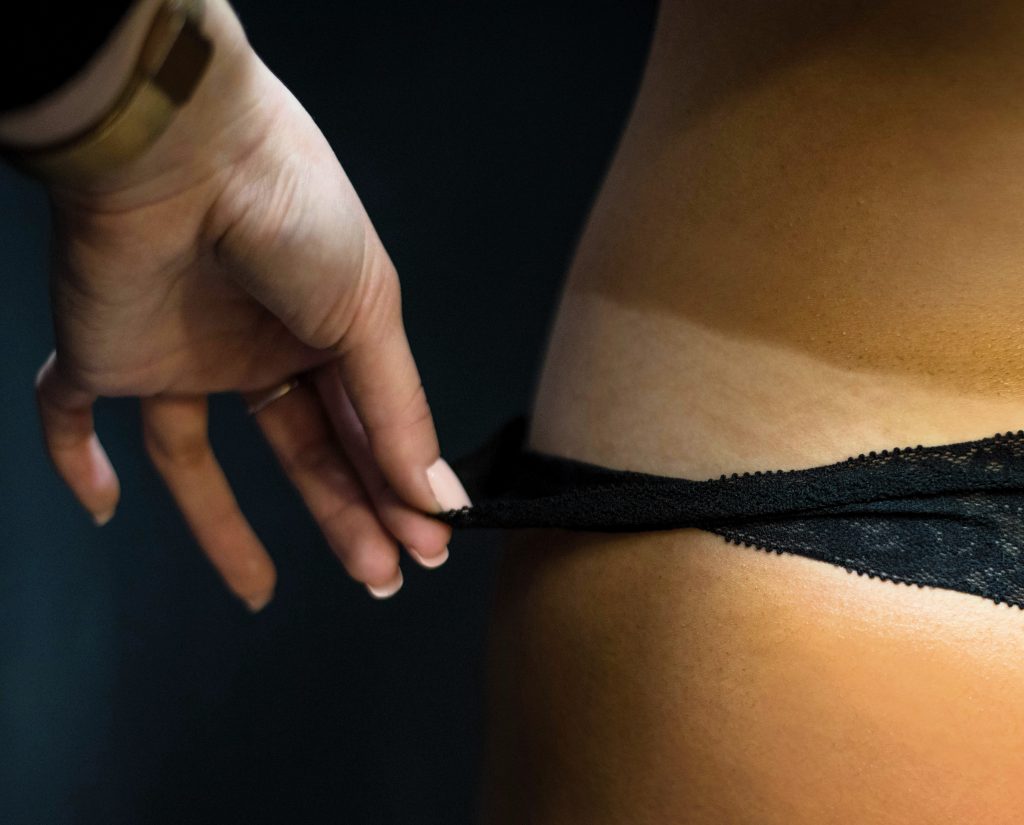Laser Hair Removal for the Bikini Area: How to Choose Between Diode, Alexandrite, and Nd Lasers?
Blog BackTable of Contents:
- Understanding Hair and Skin Types
- Diode Laser (wavelength 810-940 nm)
- Alexandrite Laser (wavelength around 755 nm)
- Laser Nd (wavelength 1064 nm)
- Consultation with a Cosmetologist
- Topic summary

Laser hair removal has become a popular choice for those seeking a long-term solution for unwanted hair, especially in sensitive areas like the bikini line. Choosing the right laser is crucial for the effectiveness of the treatment. In this article, we will examine the characteristics of three types of lasers: diode, alexandrite, and Nd, and discuss which of them works best on different hair and skin types.
Understanding Hair and Skin Types
Before diving into the specifics of each laser, it's important to note that the effectiveness of hair removal largely depends on the contrast between hair color and skin tone, as well as the texture and thickness of the hair. Typically, the best results are achieved when there is a significant contrast between dark hair and light skin. However, advancements in laser technology have improved treatment efficacy for various combinations of hair and skin types.
Diode Laser (wavelength 810-940 nm)
Application in Hair Removal: The diode laser emits light at a wavelength between 810 and 940 nm, allowing it to effectively penetrate deep into the dermal layer. This wavelength range enables targeting melanin in the hair follicles without significant absorption by the surrounding skin tissue.
Hair Type: The diode laser is particularly effective for dark, coarse hair. Its longer wavelength is well absorbed by melanin, enabling effective destruction of hair follicles. This diode is characterized by high power and the ability to work on hair with a high pigment density, making it the preferred choice for individuals with dark hair.
Skin Type: The diode laser is most commonly used on light and medium skin tones, as melanin in the skin does not absorb this wavelength as intensely, minimizing the risk of burns and hyperpigmentation. It is also used on olive-toned skin, though with proper power settings and technique. The 810-940 nm wavelength ensures effective follicle destruction with minimal side effects, such as pigmentation and irritation.
Additional Advantages: The diode laser often uses a cooling system, improving patient comfort during the procedure and further protecting the skin from potential irritation. This type of device is also fast, which shortens the procedure time on larger areas, like legs or back.
Alexandrite Laser (wavelength around 755 nm)
Application in Hair Removal: The Alexandrite laser operates at a wavelength of about 755 nm, allowing it to work more superficially within the skin layers compared to the diode laser. The shorter wavelength enables more precise targeting of melanin with less impact on deeper skin layers.
Hair Type: The Alexandrite laser works well on lighter hair tones (light brown, dark blonde) and finer hair structures that don’t contain as much melanin as dark, coarse hair. It’s chosen for delicate, medium-density hair that doesn’t require deep penetration, unlike coarse hair.
Skin Type: This laser is recommended for individuals with fair skin (Fitzpatrick skin types I-III). The shorter wavelength better absorbs melanin present in hair, allowing effective treatment with minimal risk of skin damage. For darker skin, there is a greater risk of burns and pigmentation, as melanin in the skin can also absorb laser energy.
Additional Advantages: The Alexandrite laser is fast and works on large areas in a short time. Additionally, it offers greater precision in removing thin hair. In many cases, it provides less discomfort than other technologies, though additional sessions may be required for optimal results.
Laser Nd (wavelength 1064 nm)
Clinical Application: laser emits light at a wavelength of 1064 nm, giving it the greatest depth of penetration compared to diode and Alexandrite lasers. With this wavelength, the laser energy reaches deeper into the skin, allowing it to effectively target hair follicles located in the deeper layers of the dermis.
Hair Type: laser is effective for dark, coarse hair because it targets deeper hair follicles. This solution is effective for hard-to-reach hair with high pigment density.
Skin Type: laser is safer for darker skin tones (Fitzpatrick skin types IV-VI) because the 1064 nm wavelength is less effectively absorbed by melanin in the skin. This means the laser minimizes the risk of pigmentation and burns, making it an ideal choice for individuals with darker complexions.
Additional Advantages: laser is less painful and is often used on sensitive skin areas. Additionally, it doesn’t require high energy, which further reduces risk to the skin. However, Nd laser treatments may require more sessions to achieve the desired effect, as deep skin penetration demands greater precision.
Consultation with a Cosmetologist
The most important step before undergoing laser hair removal is to consult with an experienced cosmetologist. The specialist will assess your hair and skin, discuss your expectations, and help you choose the most appropriate type of laser. This ensures that the treatment will be not only effective but also comfortable.
Topic summary
Laser hair removal in the bikini area is an excellent method for permanent hair removal, and choosing the right laser is key to achieving satisfactory results. Understanding how different lasers work on various hair and skin types will help you make an informed decision. Remember that consulting with an experienced cosmetologist is a necessary step to ensure your safety and comfort during the procedure.








